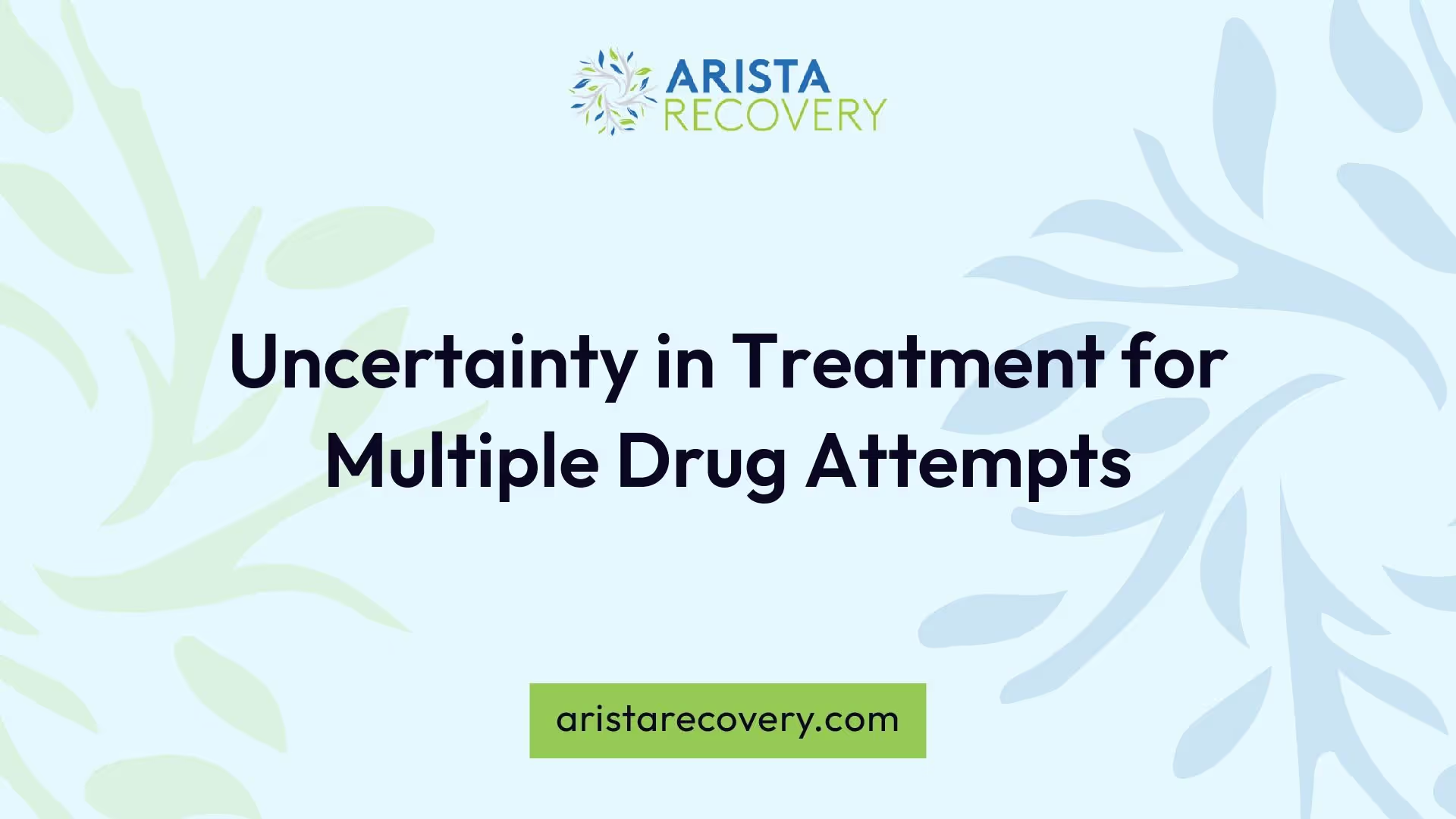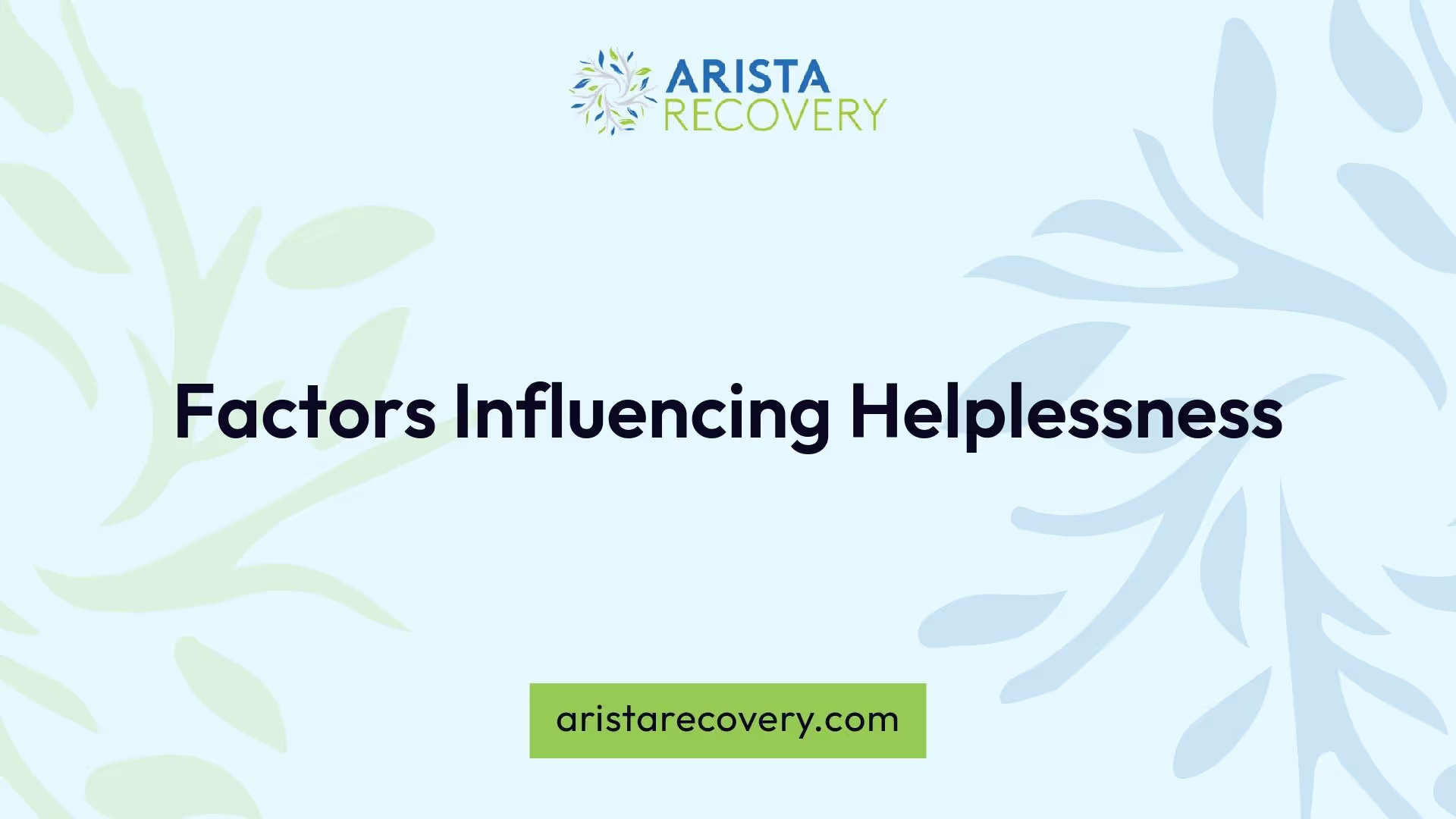Uncertainty in Treatment for Multiple Drug Attempts

Understanding Addiction

Impact of Corticosteroid Medicines
Corticosteroid medicines, such as prednisone, are commonly prescribed for various medical conditions, including rheumatoid arthritis, inflammatory bowel disease, asthma, and allergies. While these medications can be effective in managing symptoms, they also come with the risk of significant side effects. The specific side effects depend on the dosage and duration of the treatment. Common adverse effects associated with corticosteroids include weight gain, mood swings, and an increased risk of infections, among others (Mayo Clinic).
Side EffectsDescriptionWeight GainIncreased appetite and fluid retentionMood SwingsIrritability and fluctuations in moodIncreased Infection RiskImpaired immune responseOsteoporosisBone thinning due to prolonged use
The potential for these side effects can create situations where patients may misuse or become dependent on these medications, contributing to questions about the uncertainty in treatment for multiple attempts.
The Concept of Learned Helplessness
Learned helplessness is a psychological condition that emerged from animal studies conducted in the late 1960s. It occurs when individuals are repeatedly exposed to stressful situations that they perceive as uncontrollable, leading to a belief that no actions they take can change their circumstances (Medical News Today). This notion is particularly relevant in the context of addiction, as individuals may feel overwhelmed and powerless against their situation.
This condition has profound implications for mental health, with studies showing that learned helplessness can be linked to conditions such as depression, anxiety, and post-traumatic stress disorder (PTSD). Additionally, it can manifest in children who experience academic or social pressures, leading to feelings of hopelessness despite their efforts.
Characteristics of Learned HelplessnessImpactHelplessness and hopelessnessDifficulty in coping with stressNegative explanatory stylesIncreased vulnerability to mental health conditionsTrauma and neglect experiencePotential long-term emotional disturbances
Overcoming learned helplessness is achievable through therapeutic intervention, particularly through cognitive behavioral therapy (CBT), which focuses on reshaping negative thought patterns. Lifestyle changes such as regular exercise, a balanced diet, and mindfulness practices can also foster resilience and improve mental well-being. Understanding these concepts can aid families and individuals in recognizing the links between treatment uncertainties and patterns of behavior associated with addiction.
Effects on Mental Health
Learned Helplessness and Mental Conditions
Learned helplessness is a psychological condition that can significantly impact an individual's mental health. It occurs when a person feels they have no control over the outcomes of their circumstances, leading to a pervasive sense of helplessness and despair. This can impair a person's ability to handle stressful situations and increase the likelihood of developing mental health conditions such as depression and anxiety. The genesis of learned helplessness is often rooted in traumatic experiences, including trauma, domestic violence, or childhood neglect.
Individuals who experience learned helplessness may view negative events as unavoidable and believe that their efforts are futile. This pessimistic explanatory style can exacerbate feelings of worthlessness, significantly increasing the risk for not just depression and anxiety, but also conditions like post-traumatic stress disorder (PTSD).
Childhood Learned Helplessness
Childhood is a critical period for the development of learned helplessness. When caregivers fail to appropriately respond to a child’s needs, it can lead to a sense of powerlessness that may persist into later life. Children exhibiting learned helplessness may demonstrate behaviors such as helplessness and hopelessness, particularly in academic or social scenarios. This is noticeable in school-related situations where they may underperform despite putting forth considerable effort (Medical News Today).
The table below outlines characteristics of learned helplessness in children and its potential impacts:
CharacteristicDescriptionHelplessnessA sense of being unable to affect change or improvement in their circumstances.HopelessnessA belief that the future will not improve, leading to disengagement and apathy.Academic UnderperformanceStruggling in school despite effort, often withdrawing from participation.Emotional DistressIncreased symptoms of anxiety and depression, impacting overall well-being.
Understanding the long-term implications of learned helplessness is essential for developing effective treatment strategies. Addressing the root causes and fostering resilience can offer pathways for recovery and improved mental health. Insight into overcoming this condition can be found through supportive intervention and therapies that emphasize personal agency and positive coping mechanisms. For more information on coping strategies, refer to our article on 5 suggestions to help faced with drugs in recovery.
Factors Influencing Helplessness

Recognizing the factors that contribute to learned helplessness is essential for understanding how individuals cope with adverse situations. Two significant aspects are explanatory styles and methods to overcome this feeling of helplessness.
Explanatory Styles and Helplessness
Explanatory styles refer to how individuals interpret events in their lives. Some people view negative experiences through a pessimistic lens, which can exacerbate feelings of helplessness. This pessimistic explanatory style often leads to the belief that negative outcomes are inevitable and that they are at fault, resulting in increased vulnerability to mental health conditions like depression, anxiety, and PTSD.
In contrast, those with an optimistic explanatory style tend to view challenges as temporary and influenced by external factors, promoting resilience and a proactive approach to problem-solving. Understanding these styles can help in identifying individuals at risk for developing learned helplessness.
Explanatory StyleCharacteristicsMental Health RisksPessimisticViews failures as personal flaws; sees negative events as permanent and pervasiveIncreased risk of depression, anxiety, PTSDOptimisticViews challenges as temporary; attributes failures to external factorsGreater resilience and lower risk of mental health issues
Overcoming Learned Helplessness
Despite its impacts, overcoming learned helplessness is achievable. Therapeutic approaches, particularly cognitive behavioral therapy (CBT), have proven effective in modifying negative thought patterns and behaviors. CBT helps individuals reframe their thinking, enabling them to view situations more positively and recognize their ability to influence outcomes (Medical News Today).
In addition to therapy, incorporating lifestyle changes can also promote a more positive mindset. Regular exercise, a balanced diet, meditation, and mindfulness practices contribute to improved mental health and can help individuals gain a sense of control over their lives.
Strategies for overcoming learned helplessness may include:
Through actively addressing learned helplessness and its causes, individuals can foster resilience and enhance their overall mental well-being. For more insights on these topics, consider exploring articles on coping with the need for pain management addiction and other related subjects.
Family Involvement in Decision-Making
Families play a crucial role in the decision-making process for individuals facing addiction. Understanding the varied decision-making styles and learning effective strategies for collaborative decision-making can significantly impact treatment outcomes.
Varied Decision-Making Styles
Different levels of family involvement in decision-making have been observed, with each family member potentially exhibiting unique decision-making styles. Some families may prefer to take a decisive role, while others might adopt a more passive approach, relying heavily on professionals for guidance. The involvement of families can vary based on cultural backgrounds, personal beliefs, and experiences PubMed Central.
Decision-Making StyleCharacteristicsDirectiveFamily takes charge, making decisions rapidly and with authority.CollaborativeFamily engages in discussions, seeking input from all members, including the individual in treatment.ConsensusFamily members discuss options extensively and strive for agreement among all parties.PassiveFamily relies on healthcare professionals for decision-making support without much input.
Strategies for Collaborative Decision-Making
Establishing effective communication channels is essential for collaborative decision-making. Families and healthcare professionals can enhance their interactions through strategies that promote understanding and involvement.
By implementing these strategies, families can create an environment conducive to collaborative decision-making, ultimately enhancing the treatment experience for individuals grappling with addiction.
Communication Challenges
Effective communication is crucial when dealing with uncertainty in treatment for multiple attempts in addiction recovery. Addressing the unique needs of families can significantly impact the treatment process.
Tailoring Communication to Families
Healthcare professionals often tailor their communication to individual families by factoring in their levels of understanding, previous experiences, and cultural backgrounds. This customization ensures that information is delivered effectively, promoting better comprehension and engagement in the treatment process (PubMed Central).
It is important for professionals to consider the following factors when communicating with families:
FactorConsiderationUnderstanding LevelsAssessing what the family already knows can guide the depth of information shared.Previous ExperiencesRecognizing past treatment experiences can help shape current conversations.Cultural BackgroundsCultural sensitivities might dictate how information is best conveyed.
By respecting these dimensions, healthcare providers can foster better understanding and involvement from families, ultimately enhancing treatment adherence and outcomes.
Balancing Hope and Honesty
One of the significant challenges healthcare professionals face is balancing the need for honest communication while providing hope to patients and their families. It is crucial to convey realistic expectations about treatment outcomes, particularly in the context of repeat attempts. Families need truthful information to make informed decisions regarding their loved one's care.
Despite the necessity for transparency, many healthcare professionals find it challenging to maintain this balance. Clear communication can help prevent feelings of learned helplessness, which can impair a person's ability to handle stressful situations and increase risks for mental health conditions like depression and anxiety (Medical News Today). Providing hope while being honest about potential limitations serves to empower families, helping them navigate their loved one’s treatment journey more effectively.
Finding this balance involves:
Healthcare teams that address these communication challenges will likely find better engagement from families in a patient’s recovery process, leading to improved outcomes. For more insights on overcoming barriers in recovery, explore our article on coping with need for pain management addiction.
Treatment Uncertainties
Addressing and managing treatment uncertainties is crucial in the context of addiction recovery. This section focuses on guidelines for therapy switching and strategies for addressing non-adherence issues.
Guidelines for Therapy Switching
When dealing with conditions like Multiple Sclerosis, formal guidelines regarding the switching of disease-modifying therapies are not clearly defined. Patients might consider switching therapies based on several personalized factors, such as treatment goals, disease activity, medication history, and personal preferences.
It is important to note that none of the available therapies are 100% effective in halting disease activity. Therefore, switching therapy may be warranted when breakthrough disease activity occurs in patients adhering to their treatment regimen (Cleveland Clinic).
Factors for Therapy SwitchingDescriptionTreatment GoalsEvaluation of what the patient aims to achieve with therapy.Disease ActivityMonitoring of symptoms and progression of the disease.Medication HistoryConsideration of prior medications and their effectiveness.Personal PreferencesInclusion of the patient’s input on treatment decisions.
Addressing Non-Adherence Issues
Non-adherence to treatment plans is a significant barrier in addiction recovery. Individuals with substance use disorders often struggle to maintain regular medication schedules, leading to adverse outcomes. Substance use can diminish the efficacy of medications intended for various health conditions, which complicates treatment (NCBI).
Strategies to enhance adherence include:
For a deeper understanding of managing challenges during recovery, explore our articles on medication assisted treatment: cure or crutch? and 5 suggestions to help faced with drugs in recovery. Implementing these strategies might help those in recovery navigate the uncertainties associated with multiple treatment attempts.
You’re not alone in this.
When mental health challenges and addiction intersect, it can feel isolating. At Arista, we offer compassionate, evidence-based, and trauma-informed care to help you heal, grow, and move forward.
You’re not alone in this.
When mental health challenges and addiction intersect, it can feel isolating. At Arista, we offer compassionate, evidence-based, and trauma-informed care to help you heal, grow, and move forward.
Support that moves with you.
You’ve taken a brave first step. At Arista Recovery, we’re here to help you continue with best-in-class care designed for long-term healing and support.
.webp)






